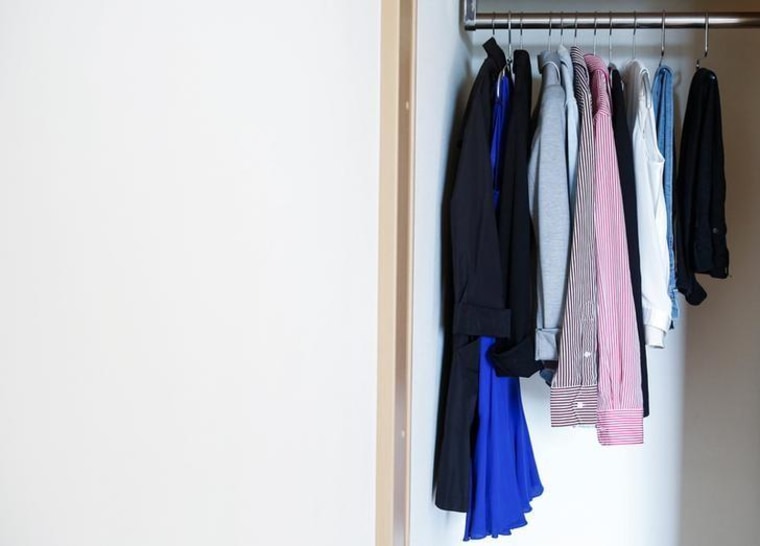One-quarter of Americans cop to having a “clutter problem.”
Hardly surprising then, that the average home contains 300,000 items. And there’s an emotional cost to that. Research conducted for the Huffington Post showed that 84 percent of Americans worry that their homes aren’t organized (or clean) enough — and 55 percent of those folks say it’s a big cause of stress.
The other toll is financial. All that stuff that’s eating up space and energy could actually be translated into more money in your pockets. So what's the best way to pare your surroundings down while simultaneously fattening up your wallets?
We’re not talking about having a tag sale, or listing on eBay. There are now apps and websites that allow you to sell specific items in a very targeted way. For example:
The New eBay/Amazon
If you’re selling something unusual — or quirky — Bonanza is the place. You’ll find rocks and fossils, Elvis platinum records, vintage lunchboxes, and just about everything else. Sellers love it because the ratio of people shopping to people selling is exceptionally high.
The New Craigslist
LetGo, OfferUp, Close5, and Facebook Marketplace are all focused on helping you sell in your local area. Both LetGo and OfferUp have raised considerable money from venture capitalists. LetGo says it has more than 20 million active monthly users.
As always, if you’re selling locally try to meet the buyer in a safe, public location. More than 450 million people buy and sell on Facebook every month. And Close5 is owned by eBay.
The New Consignment Stores
TheRealReal, a luxury consignment store, and ThredUp, which is more mainstream, will both take your merchandise and then pay you a percentage of the sale price when it sells.
Poshmark allows you to post it and set the price yourself. You can then interface with the seller and pay the site a fee of $2.95 if it’s under $15, or 20 percent if it’s over $15.
The New Best for Old Tech
Big stores like Amazon, Apple, BestBuy, and GameStop all have trade in/trade up programs. But you may do better by selling independently. Look at Decluttr, USell, Gazelle, NextWorth and Swappa.
To narrow down the places that might be best for you to sell, make sure you’re looking at the following:
- How many customers/unique visitors the site/app gets each month. They may publicize this information on their website, or you could ask via a site contact form.
- How long it takes to make a sale on average. Ask customer service if information isn't available on website.
- Your take-home percentage of the sale. Obviously more is better, but if the merchandise doesn’t move, it’s meaningless.
- How and when you'll get paid. Some sites pay monthly, some hold your cash for 90 days.
- Who answers questions from potential buyers and takes care of item shipping? Take into account how much responsibility you want to have.
And once you’re ready to go, here are a few tips for selling effectively.
- Don’t wait. If you know you’re going to sell something — whether it’s technology or fashion — time is not your friend. As soon as you decide it’s not a keeper, get rid of it.
- Treat everything like it might be sold someday. This new world of reselling gives you another reason to take extra good care of your things. They’ll be worth more later on.
- Take the best photos you can. Make sure the lighting is good, and show your items from as many angles as you can.
- Write good copy. You don't have to be a professional writer, but it helps to get creative. One woman selling a couch on my neighborhood sales Facebook group said her sectional would be great for hosting friends for the Big Game. Be as specific as you can, including how big the item is, who makes it, what you paid for it originally, and what it's selling for today.
- Be honest. Not only is revealing an item's faults (like a stain or a small rip) upfront the right thing to do, but it'll also save you time and disappointment later (like if the buyer declines or sends the item back).
- Make sure the price is right. Consignment stores usually price merchandise at about one-third of retail price. That's about right for selling via these methods as well. If your item doesn't move quickly, lower the price until it does.
